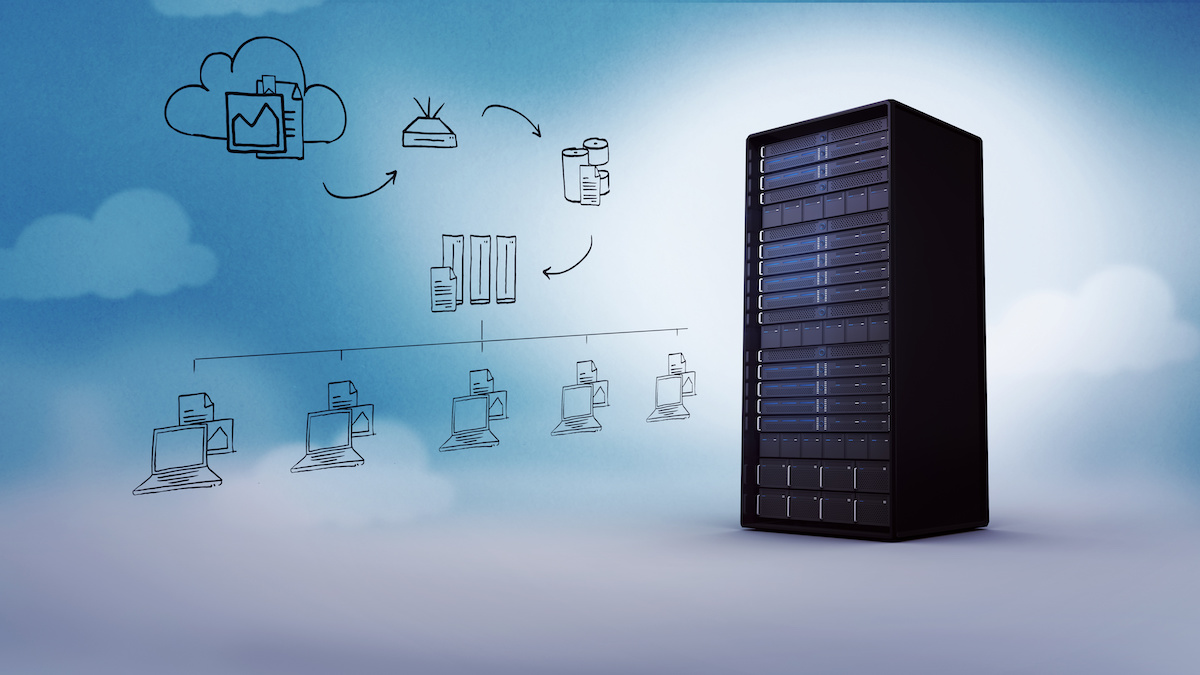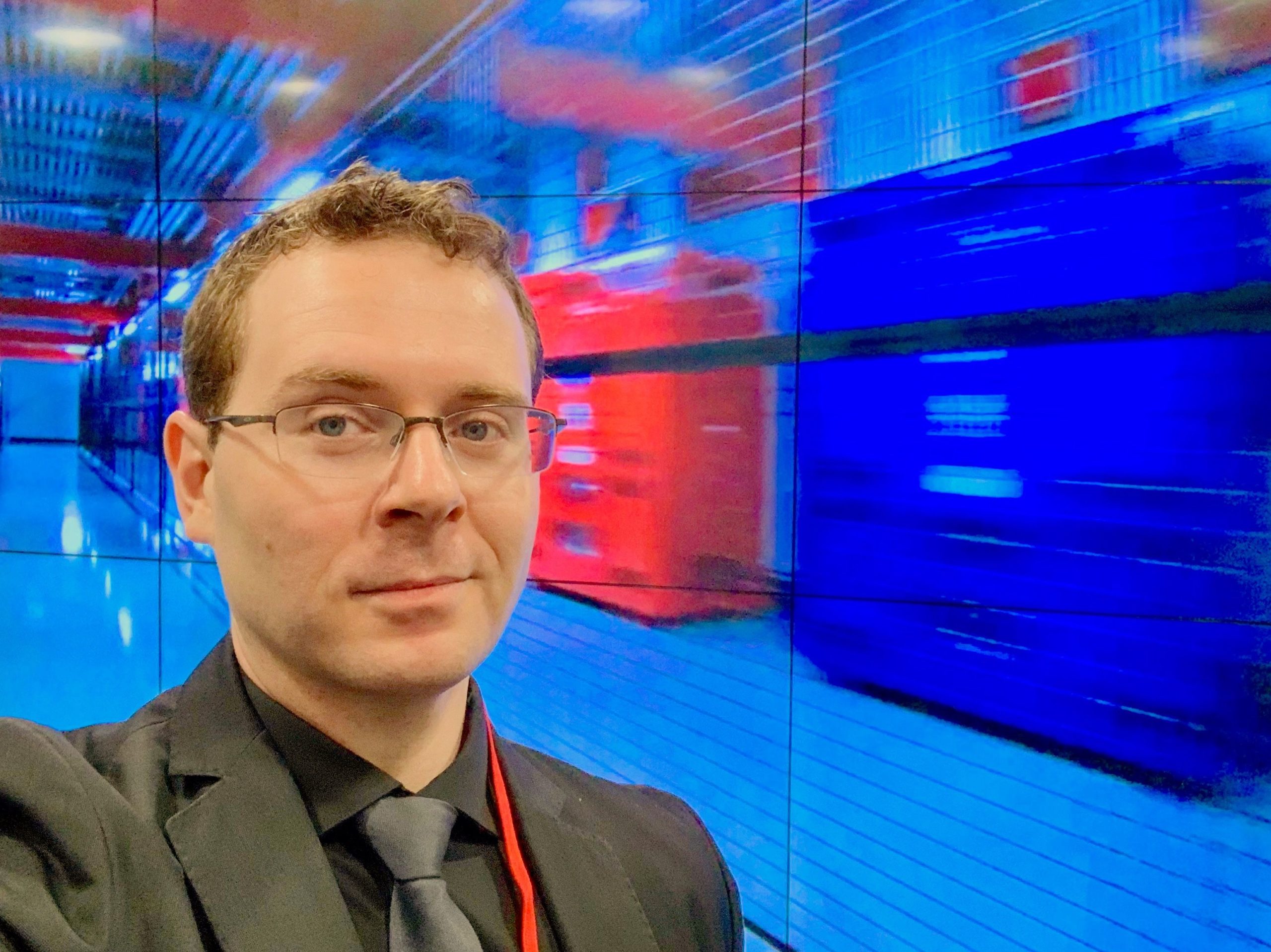Airflow Management Considerations for Edge, Micro, Closet Telco Sites10 min read

Over the past couple of years, we’ve seen a massive focus on edge and micro data center locations. This is happening for good reason. Living in a data-driven society means that we’re leveraging technology for our everyday lives as well as creating competitive advantages in business. Consider this, as standalone analog devices give way to connected digital devices, the latter will generate vast amounts of data that will, in turn, allow us the chance to refine and improve our systems and processes in previously unimagined ways. Big Data and metadata (data about data) will eventually touch nearly every aspect of our lives — with profound consequences. IDC found that by 2025, an average connected person anywhere in the world will interact with connected devices nearly 4,800 times per day — basically one interaction every 18 seconds.
All of this gives rise to the need to place resources, compute power, and data analytics as close to the data sources as possible. This is a major reason why edge is now supporting so many different types of use-cases, and not just faster Netflix so you can binge on ‘Stranger Things.’ In my experience, edge is now being used for:
- Branch and micro data centers
- Hybrid cloud connectivity
- IoT processing (Azure IoT Edge, for example)
- Internet-enabled devices and sensors collecting and analyzing real-time data
- Connecting entire networks of devices
- Asset tracking
- Streamline research
- Telemedicine
- Reducing latency for specific services and latency-sensitive applications
This is a big reason why, according to Stratistics MRC, the global edge computing market accounted for almost $8 billion in 2017 and is expected to reach more than $20 billion by 2026 growing at a CAGR of 11.0% during the forecast period.
How All of this Impacts Data Center Efficiency and Airflow Management (AFM)
One of the significant things I’ve learned over the years is that data centers come in all shapes and sizes. I’ve also learned that just because a data center is ‘smaller’ doesn’t make it less important. That means deploying the proper environmental mechanisms to keep those sites healthy and operational. Now, with the advent of edge computing and our efforts to bring data and services even close to the user – things like AFM become even more critical.
Far too often I’ve seen smaller data center sites left neglected or improperly managed. Maybe you could get away with this in the past. However, today’s telco closets and edge data centers are just as important as their primary counterparts. Sure, even if an edge location goes down, you can still port users to a separate site. However, this could create latency. And, in the world of constant data access, latency can be a killer. For example, Amazon found every 100ms of latency cost them 1% in sales. Google found an extra .5 seconds in search page generation time dropped traffic by 20%. To put that into perspective, Amazon’s calculation shows that a page load slowdown of just one second could cost it $1.6 billion in sales each year. Google has calculated that by slowing its search results by just four tenths of a second, they could lose 8 million searches per day–meaning they’d serve up many millions fewer online adverts.
I really want to keep this next part simple and easy to consume. You don’t have to think at a grandiose scale when it comes to smaller sites and edge locations. In fact, you might not even need to rip and replace what you have right now. Leading AFM partners are designing solutions that fit into your current data center space to give you the best possible optimizations.
It can be incredibly simple to do so, for example, the Magnetic Under Rack Panel by Upsite is a quick and easy way to improve airflow management by either reducing bypass airflow or preventing exhaust air recirculation. It employs a unique sealing technology which allows easy, tool-less modifications for just the right placement and height. It’s a perfect complement to existing blanking panels and accommodates thermal efficiencies in the data center.
It’s that ‘tool-less’ approach that can really help. These types of designs can offer data centers aisle-end containment in just minutes and without the need for contract labor. The tool-less design allows for quick and easy installation, removal, and re-installation with exclusive Magswitch® technology. So, no drilling required. These types of solutions help reduce edge and micro data center operating costs by improving thermal efficiency and reducing IT equipment intake temperatures, which enhance both equipment life and reliability.
The whole point here is to rethink the way you manage and optimize your edge, telco sites, and micro data centers. In many cases, it’s a lot easier than you think. The big action item here is to simply start asking the right questions and getting started. If you’re investing in the edge, start looking into smart solutions that will optimize your entire infrastructure.

Bill Kleyman
Industry Analyst | Board Advisory Member | Writer/Blogger/Speaker | Contributing Editor | Executive | Millennial
Bill Kleyman is an award-winning data center, cloud, and digital infrastructure leader. He was ranked globally by an Onalytica Study as one of the leading executives in cloud computing and data security. He has spent more than 15 years specializing in the cybersecurity, virtualization, cloud, and data center industry. As an award-winning technologist, his most recent efforts with the Infrastructure Masons were recognized when he received the 2020 IM100 Award and the 2021 iMasons Education Champion Award for his work with numerous HBCUs and for helping diversify the digital infrastructure talent pool.
As an industry analyst, speaker, and author, Bill helps the digital infrastructure teams develop new ways to impact data center design, cloud architecture, security models (both physical and software), and how to work with new and emerging technologies.







0 Comments